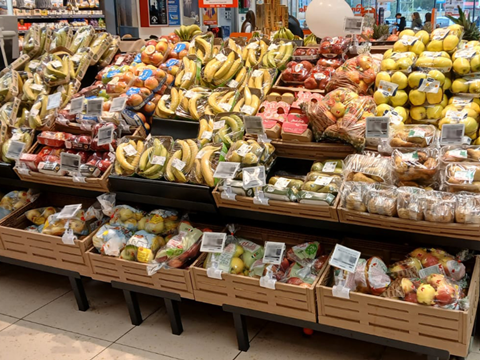
Megamark has adopted Tosca’s reusable crates to transport, distribute, and display fresh products at point-of-sale, expecting to improve logistics while lowering operational costs and environmental impact.
Tosca’s solutions are believed to reduce operational costs related to handling, storage, and reverse logistics. Savings are expected to continue in the long term due to the durability and quality of the reusable packs.
They are also expected to optimize logistic efficiency, improving storage processes and streamlining operations across the supply chain.
Megamark hopes to lessen its dependence on single-trip packaging across its points of sale in Puglia, Campania, Molise, Basilicata, and Calabria, thus cutting down on its environmental impact in line with its sustainability goals.
Applications will include wood-look crates, set to account for 9.6 million crates of fruit and vegetables and 1 million crates of red meat every year.
Similar crates took off across Carrefour’s Market Attrazione 2.0 and Express 3 Minuti retail formats all the way back in 2017. The wood-look aesthetic was set to evoke a ‘farm-fresh ambience’ that reportedly boosts sales in all formats.
Back in 2023, Tosca unveiled a Life Cycle Analysis tool and indicated that, by switching to its foldable Intermediate Bulk Containers, companies could reduce greenhouse gas emissions, and fossil fuel and water usage in the transportation of bulk liquids.
This was followed by Carrefour Belgium, Cornet, and DW Reusables developing a returnable six-pack for beer bottles. Made from post-consumer plastic waste, the pack are designed to be stored on retailer shelves, then collected, reground, and turned into new crates.
DS Smith has also developed a fibre-based, temperature-controlled packaging solution to replace expanded polystyrene alternatives when transporting pharmaceutical and biotech products. This is set to keep products cool for up to 36 hours in a constant temperature profile of 23°C.
If you liked this story, you might also enjoy:
Reuse vs. single use – which is better for the environment?
Sustainable Innovation Report 2025: Current trends and future priorities
What can the world learn from South Korea’s world-leading performance in plastics circularity?

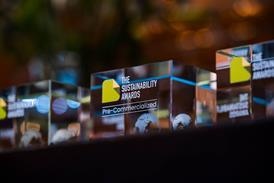

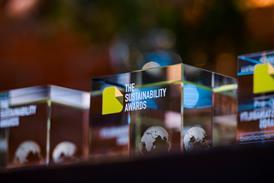
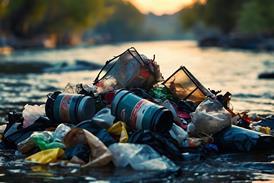
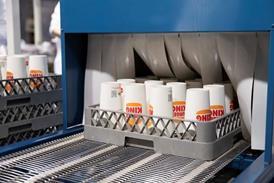












No comments yet